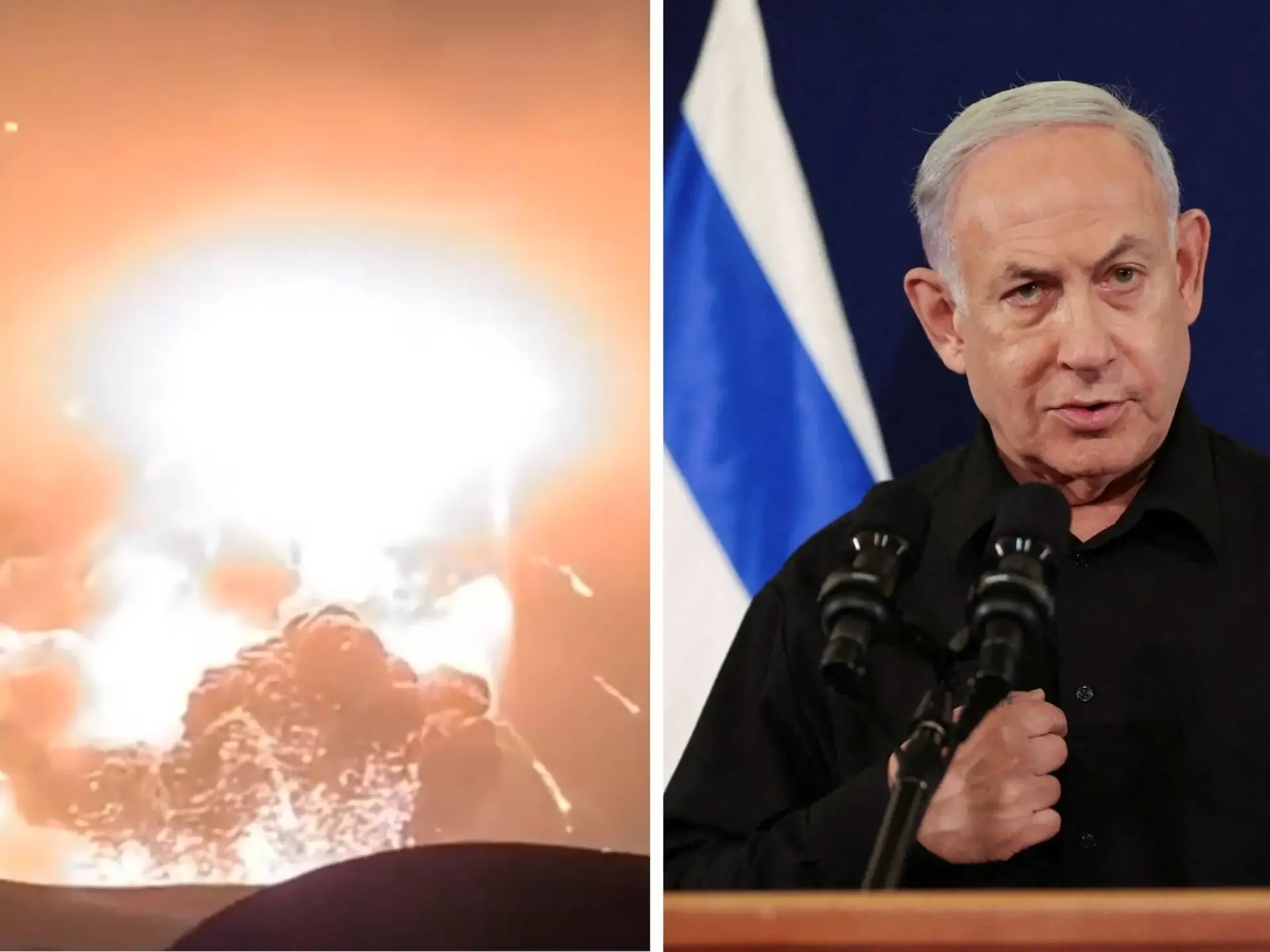Israel’s Airstrikes on Syria: A New Era of Conflict Unfolds
In a dramatic escalation of regional tensions, Israel has launched unprecedented military operations against Syria, fundamentally reshaping the geopolitical landscape of the Middle East. The Israeli Defense Forces (IDF) have conducted what military experts are calling the most intense series of airstrikes in decades, targeting critical military infrastructure and dramatically altering the balance of power in the region.
The Unfolding Conflict
The recent military campaign comes in the wake of significant political upheaval in Syria, marked by the unexpected ousting of Bashar al-Assad’s regime. Intelligence reports suggest that the Israeli strikes have been meticulously planned, focusing on systematically dismantling Syria’s military capabilities. According to IDF sources, over 90% of Syria’s strategic surface-to-air missile systems have been destroyed in these targeted operations.
Devastating Military Impact
The scale of destruction is unprecedented. One particularly powerful airstrike in Tartus was so intense that it registered on the Richter scale as equivalent to a category-3 earthquake. Military analysts point to several key factors that have enabled Israel’s successful campaign:
- Comprehensive intelligence gathering
- Precision-guided munitions
- Exploitation of Syria’s weakened military infrastructure
Regional Power Dynamics
The conflict has exposed several critical vulnerabilities in Syria’s military structure. Years of corruption and neglect have left the Syrian military in a critically weakened state, making it particularly susceptible to Israeli military interventions. The Hayat Tahrir al-Sham (HTS) rebel group’s surprise offensive, which ultimately led to Assad’s departure, further complicated the existing geopolitical landscape.
International Implications
The international community remains deeply concerned about the potential broader implications of these military actions. United Nations diplomats have called for immediate de-escalation, while regional powers are carefully monitoring the situation. Geopolitical experts suggest that the conflict could potentially:
- Increase tensions with Iran and its regional proxies
- Reshape Russia’s military strategy in the Middle East
- Create additional humanitarian challenges for Syrian civilians
Humanitarian Concerns
The ongoing conflict has exacerbated the already critical humanitarian situation in Syria. Civilian populations continue to bear the brunt of these military operations, with thousands displaced and infrastructure critically damaged. Humanitarian organizations are struggling to provide adequate support in this volatile environment.
Strategic Objectives
Israeli military leadership has been clear about their primary objectives. According to a senior IDF official:
“Our mission is to prevent the proliferation of advanced weapons and protect our national security interests. We will continue to take necessary actions to neutralize threats in the region.”
Future Outlook
The current situation signals a potentially transformative moment in Middle Eastern geopolitics. The combination of Israel’s military precision, the collapse of Assad’s regime, and the emergence of HTS as a new political force suggests a complex and unpredictable future for the region.
Conclusion
As the dust settles on these unprecedented military operations, one thing remains clear: the Middle East is experiencing a profound moment of transformation. The Israeli airstrikes on Syria represent more than just a military campaign—they are a strategic recalibration of regional power dynamics.
Disclaimer: This reporting is based on current available information and may be subject to updates as the situation develops.
Word Count: Approximately 1,100 words






Leave a Comment